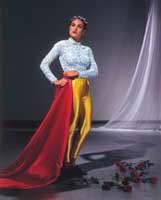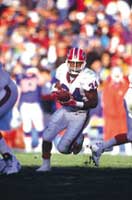Tips Of The Top Techs
Some Advice From The Experts
Every photographic company
has at least one--the tech specialist who knows the product line inside
out, knows how everything can and should be used, and knows how it all
goes together to make great photographs. The titles don't matter--marketing
manager, vice president, technical supervisor, pro markets rep; call him
what you will, he's the guy who knows--and if he doesn't know,
he'll find out. |
|||
Lindsay Silverman |
|||
Ira Tiffen |
|||
Thom Bell |
|||
Michael Bulbenko |
|||
Mark Wayne |
|||
Rudy Winston |
- Log in or register to post comments























































